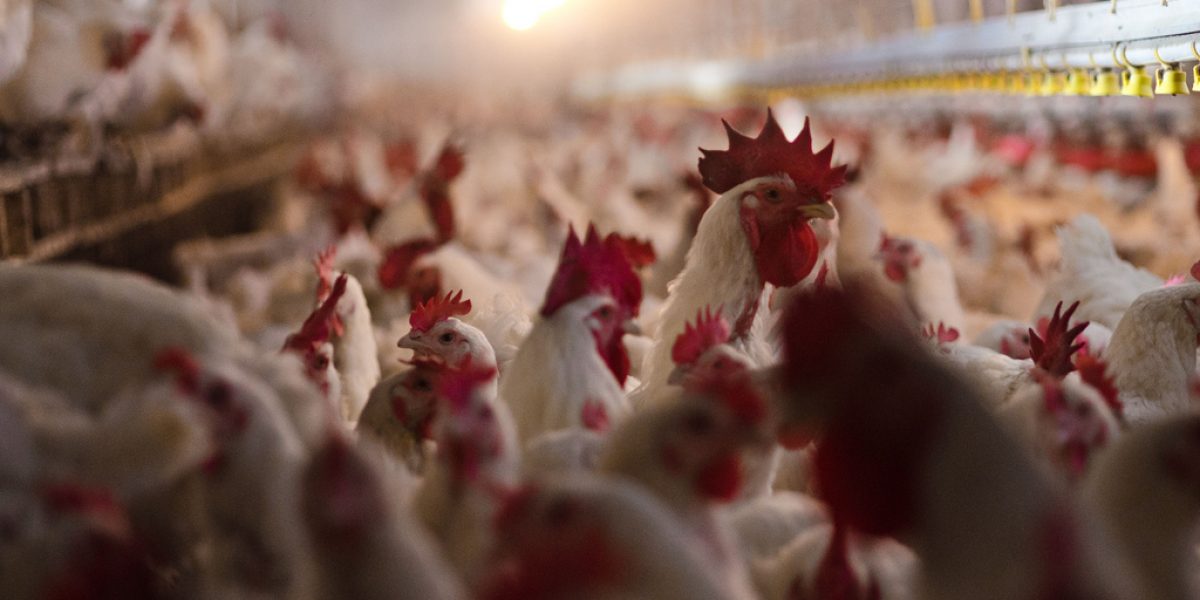Synopsis:
Poultry production in the Southern African region is led by large vertically integrated firms, predominantly from South Africa. These firms have made forays into the region by establishing vertically integrated operations outside South Africa and also by increasing investment into downstream activities. However, despite these developments, there have been limited moves towards coordinated development of a regional value chain (RVC).
This paper delves into a regional poultry value chain in Southern Africa. This is based on an understanding that the formation of a coordinated RVC, i.e. with both consumers and producers located within the region, is dependent on competitive, reliable supply of inputs, and demand for the final products. The paper further seeks to analyse, at a regional level, the factors that would affect the formation of a regional poultry value chain.
Key findings:
- Challenges for development of agribusiness RVCs: scale asymmetries between South Africa and the rest of the region, trade barriers including infant industry protection, and a lack of harmonisation in standards and labelling, and inadequate national and regional competition to stimulate technology upgrading and regional development.
- Vertically integrated firms from South Africa drive the poultry value chain in the region, through investments in other countries, and are also investing in downstream activities. This is primarily to serve the domestic markets they invest in, given that finished poultry imports in most countries are protected. These firms do not generally export to the rest of the region.
- There exists regional trade in poultry feed; however, soybean is still generally imported from overseas.
- A small RVC does exist in soybeans and maize from Zambia to Zimbabwe, and breeding stock from South Africa and Zambia to the rest of the region. Exports are mainly raw materials as countries protect broiler and animal feed production.
- The region is a net importer of soybean meal and chicken (primarily stemming from South Africa’s deficit)
- Increase in South Africa’s crushing capacity has meant an increased demand for soybean imports, and Zambia has become a net exporter of soybean and oilcake.
- Soybean prices in Zambia have decreased, but are still higher than imports from Argentina. There is a need for investment in both production and storage in order to facilitate a substantial soybean RVC between Zambia (soybean production) and South Africa (soybean crushing).
- South Africa is the lowest cost producer of chicken in the region due to its economies of scale and the low cost of raw materials. Zimbabwe is the highest cost producer of the countries studied.
- Coordinated RVC development would require the repeal of trade barriers and non-tariff barriers, and coordinated investment into the production of animal feed raw material in countries such as Zambia

